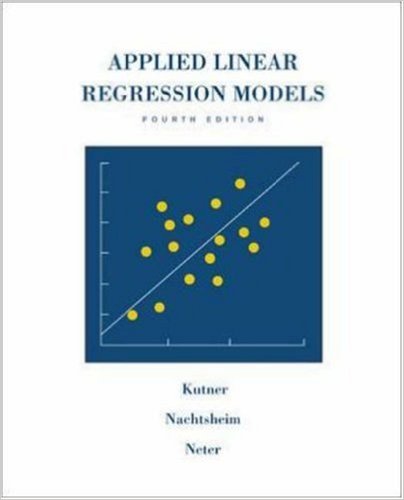| Week | Chapters/Sections | Topics covered | Remarks |
| Week 1 and 2 (Sept 8, 13, 15) | Chapter 1 (sections: 1.1-1.8) | Linear Regression with One Predictor | |
| Week 3 and 4 (Sept 20, 22, 27, 29 ) | Chapter 2 (sections: 2.1-2.10) | Inferences in Regression and Correlation | Rlab |
| Week 5 ( Oct 4, 6) | | Review; Exam I | |
| Week 6,7 (Oct 11, 13, 20) | Chapter 3 (sections 3.1-3.10) | Diagnostics and Remedial Measures | |
| Week 8 ( Oct 25) | Chapter 4 (section: 4.4) | Regression through Origin | |
| Week 8 and 9(Oct 27, Nov 1, 3) | Chapter 6 (section: 6.1, 6.5-6.8) | Multiple Regression Models | |
| Week 10 (Nov 8, 10) | | Review ; Exam II | |
| Week 11, 12 (Nov 15, 17) | Chapter 7 and 8 (section: 7.1-7.3, 8.1-8.3) | Multicollinearity, Polynomial regression | |
| Week 13 (Nov 22, 29) | Chapter 9 (section: 9.1, 9.4, 9.6) | Model Selection and Validation | |
| Week 14 (Dec 1, 6) | Chapter 13 (section: 13.1, 13.2, 13.6) | Nonlinear Regression | |
| Week 15(Dec 8, 13) | Chapter 14 (section: 14.1, 14.2) | Logistic Regression | |
